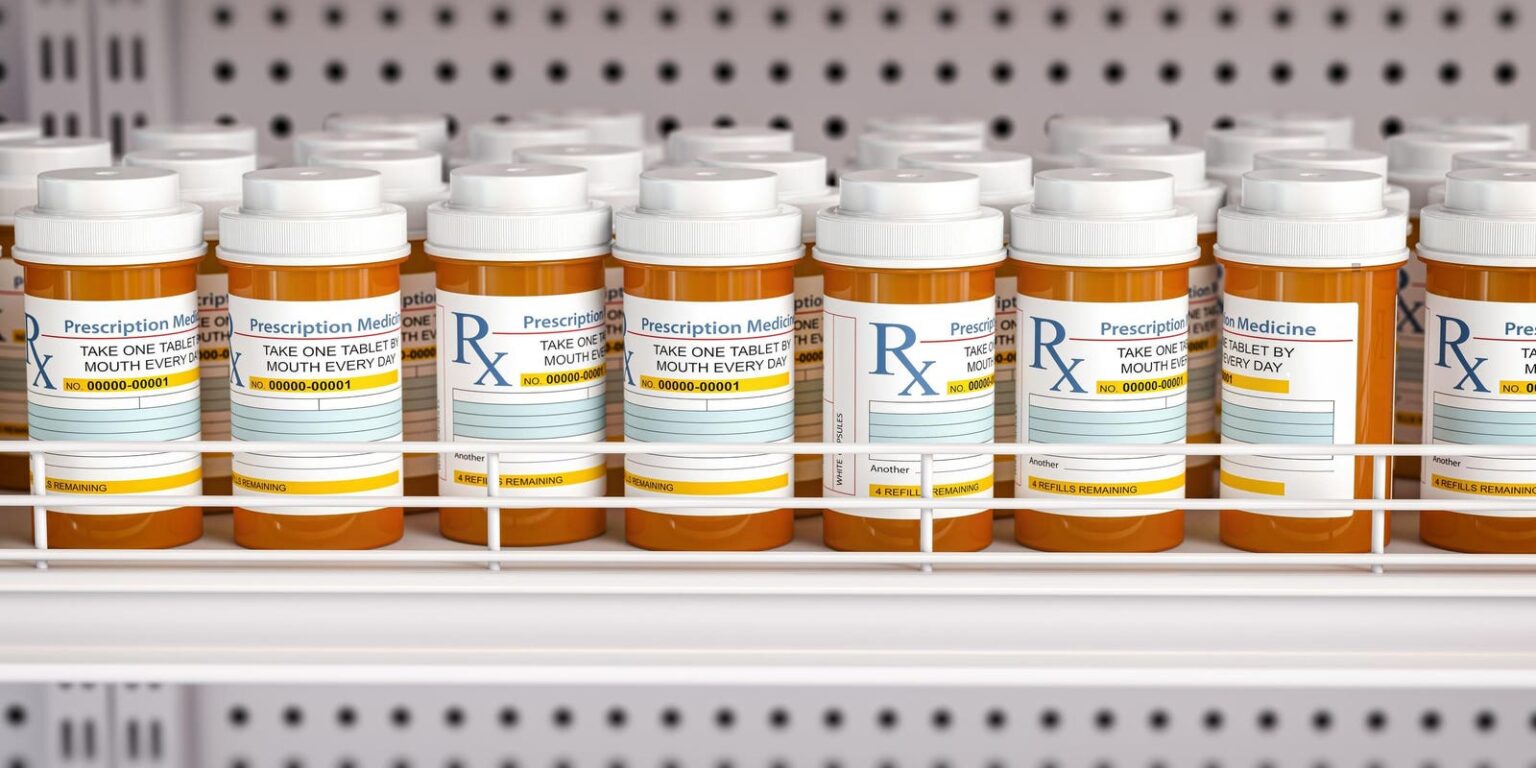For the first time since 2006, the Centers for Medicare and Medicaid (CMS) didn’t release next year’s projected premiums and other data for Medicare Part D policies in July.
Instead, the CMS has been reworking the program to keep Part D 2025 premiums from rising substantially, increases that would be announced around election time.
Significant changes were made to Part D in recent laws. Beginning in 2025, out-of-pocket prescription drug spending for Part D policyholders will be limited to $2,000.
But insurers and drug manufacturers will pay most of the cost of that benefit, which means Part D premiums are likely to rise along with deductibles and copayments. Insurers also are likely to decrease coverage of some medications.
Another provision limited annual premium increases to 6%. But that limit covers only base premiums, which are for Part D plans with minimum benefits. CMS did say that in 2025 the base Part D premium will be $36.78, a $2.08, or the maximum 6%, increase from 2024.
Most policyholders buy policies with broader benefits than the base policies, which aren’t covered by the 6% cap.
Some insurers have indicated they might withdraw from the market or greatly reduce their Part D presence. Others expect to impose significant premium increases.
Normally before this time of year CMS has issued data on next year’s Part D policies, such as estimates of the range of premiums, the number of policies a typical beneficiary will be able to choose from, and other information. CMS said it will release that information sometime in September.
Instead, in July CMS announced that for 2025 it is turning all of Part D into a “voluntary demonstration project.”
Key components of the project are that premiums can’t increase more than $35 year over year and the government will pay Part D insurers more money per policyholder. The goal of the changes is to “improve stability” for Part D beneficiaries. In other words, to keep premiums from rising too much.
What isn’t clear is whether this is a one-year patch to delay premium increases until 2026 or something else.
Medicare beneficiaries should be prepared for significant changes in Part D policies in the next few years. As insurers adjust to the new rules and CMS changes its policies, there could be a lot of volatility in premiums, copayments, deductibles, and the medications covered.
Read the full article here











